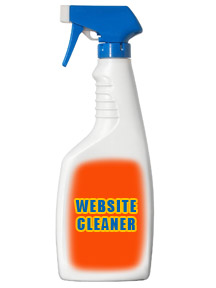Will Blog Comments Improve the SEO of My Website?
Can comments on your blog help you improve the SEO of your website? The short answer is: Yes! When comments are allowed to be posted on your blog, the chance your website will be listed higher on the search engines is greater. Not all blog comments are good comments however, and we’ll discuss how comments can help, but how others can hurt.
Content is the food that feeds the search engine robots. They scan your website and look for those keywords and phrases that help get you good pagerank. Those who comment on your blog often will use keywords in their writings, making your website stronger. The more a keyword is realistically mentioned on your website or blog, the more likely web surfers will find you. We use the word “realistically” because just pasting a keyword over and over again is not a good SEO practice. It should be well-written and flow with the content.
Should I Monitor My Comments?
You should welcome comments by legitimate website visitors or patrons of your small business with open arms. Their keyword and key phrase usage in their posts will only help the SEO of your small business design. However, you should monitor your blog comments. Blog comments can increase SEO ratings to a certain extent, but there are some comments that are just spam. Their job is to post multiple times on blogs with a link to their website in an effort to use your blog comment section to drive traffic to their website, which is more than likely an unsafe or illegitimate website. You will see a lot of these posts on blogs where the comments are not monitored. They often suggest you follow their link for “free software” or online pharmacies. These will do nothing for your rank, but will show legit visitors that your blog is in desperate need of housework. In your comment settings, make it so that you have to approve any post before making it visible for other viewers to see.
What is Nofollow?
Nofollow is a code that is placed within a link. If you saw the code by itself, it would look like this:
rel=”nofollow”
The more commonly known blogging websites will already have nofollow code placed into comment links. Its main purpose is a spam repellent. Spammers will [hopefully] leave your website alone if nofollow is present. Their links won’t work to gain them rankings. When the search engines robots climb through your website or small business blog, they are looking for links. They use links to help determine pageranking. When the nofollow code is in place, the bots will skip over the links, so no spammer can gain good pageranking by placing their link on your comment section. They won’t gain anything from your hard work, thanks to the nofollow code.


